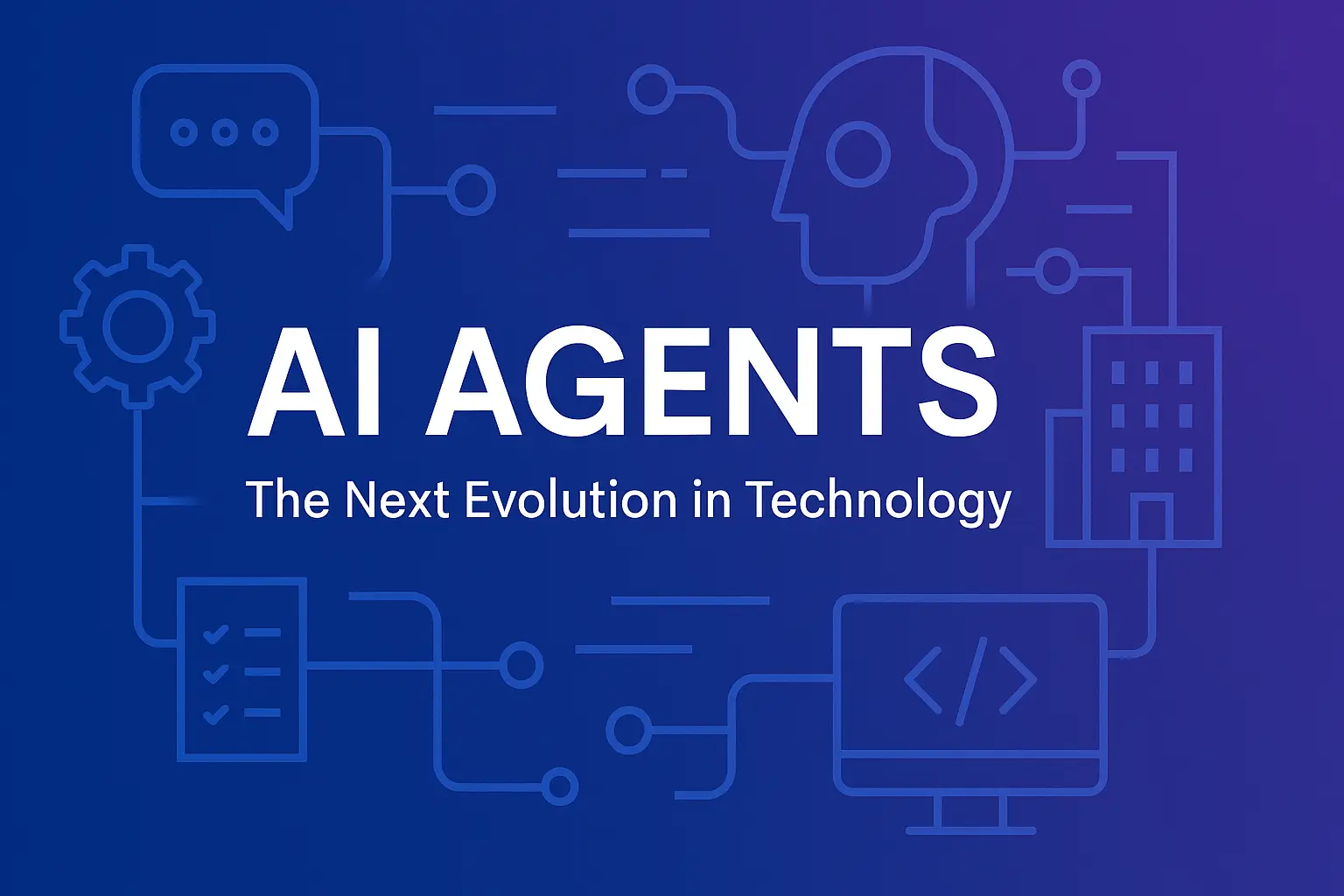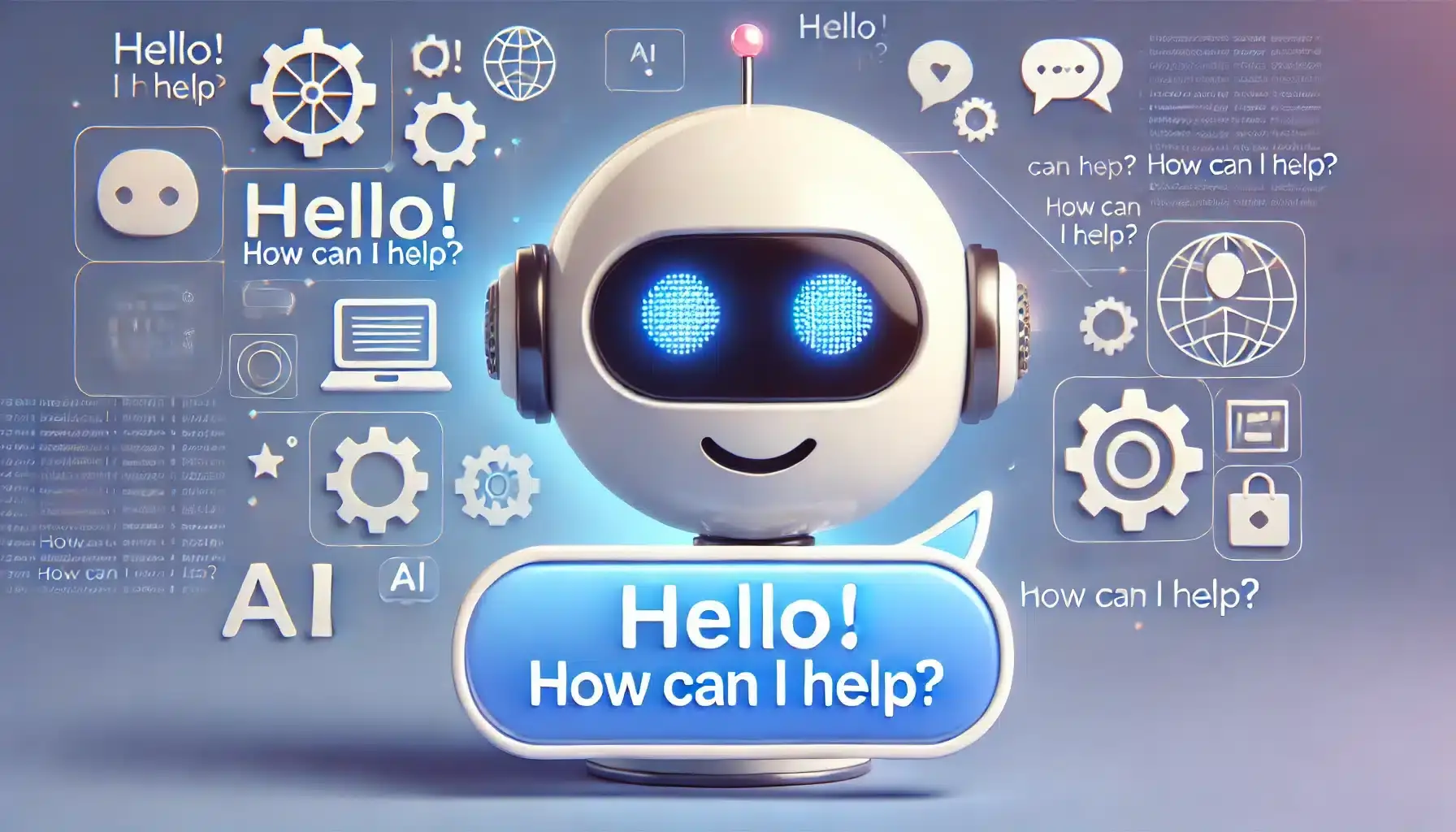Artificial Intelligence (AI), Machine Learning (ML), and Data Science are three of the most talked-about fields in technology today. While they are often used interchangeably, they are distinct disciplines with unique goals, tools, and applications. If you’ve ever wondered, “What’s the difference between AI, Machine Learning, and Data Science?” you’re not alone. In this article, we’ll break down these fields, explore how they overlap, and help you understand where they fit in the tech landscape. By the end, you’ll have a clear understanding of AI vs. Machine Learning vs. Data Science and how they work together to power the technologies of tomorrow.
What is Artificial Intelligence (AI)?
Artificial Intelligence (AI) refers to the simulation of human intelligence in machines. These machines are programmed to think, learn, and make decisions like humans. The goal of AI is to create systems that can perform tasks that typically require human intelligence, such as understanding natural language, recognizing patterns, and solving problems.
Key Characteristics of AI
- Human-like Intelligence: AI systems mimic human cognitive functions like learning, reasoning, and problem-solving.
- Broad Scope: AI encompasses a wide range of technologies, including robotics, natural language processing (NLP), and computer vision.
- Applications: AI is used in chatbots, self-driving cars, virtual assistants (e.g., Siri, Alexa), and recommendation systems.
Example of AI in Action
- Self-Driving Cars: AI powers the decision-making systems that allow cars to navigate roads, avoid obstacles, and follow traffic rules.
What is Machine Learning (ML)?
Machine Learning (ML) is a subset of AI that focuses on enabling machines to learn from data without being explicitly programmed. Instead of following strict rules, ML algorithms identify patterns in data and use them to make predictions or decisions.
Key Characteristics of Machine Learning
- Data-Driven: ML relies on large datasets to train algorithms and improve accuracy over time.
- Types of ML:
- Supervised Learning: The algorithm learns from labeled data (e.g., classifying emails as spam or not spam).
- Unsupervised Learning: The algorithm identifies patterns in unlabeled data (e.g., clustering customers based on behavior).
- Reinforcement Learning: The algorithm learns through trial and error, receiving rewards or penalties for its actions (e.g., training a robot to walk).
- Applications: ML is used in recommendation systems (e.g., Netflix, Spotify), fraud detection, and image recognition.
Example of ML in Action
- Netflix Recommendations: ML algorithms analyze your viewing history to suggest movies and shows you might like.
What is Data Science?
Data Science is a multidisciplinary field that focuses on extracting insights from data. It combines statistics, programming, and domain expertise to analyze complex datasets and solve real-world problems. While Data Science often uses Machine Learning, its primary goal is to uncover patterns and trends that inform decision-making.
Key Characteristics of Data Science
- Data-Centric: Data Science revolves around collecting, cleaning, and analyzing data.
- Tools and Techniques: Data Scientists use tools like Python, R, SQL, and Tableau, along with statistical methods and machine learning algorithms.
- Applications: Data Science is used in predictive analytics, customer segmentation, and business intelligence.
Example of Data Science in Action
- Predictive Analytics in Healthcare: Data Scientists analyze patient data to predict disease outbreaks or recommend personalized treatments.
Key Differences Between AI, Machine Learning, and Data Science
To better understand how these fields differ, let’s compare them across several dimensions:
| Aspect | Artificial Intelligence (AI) | Machine Learning (ML) | Data Science |
|---|---|---|---|
| Definition | Simulates human intelligence | Subset of AI; learns from data | Extracts insights from data |
| Goal | Create intelligent systems | Make predictions or decisions | Solve business problems |
| Tools | Neural networks, NLP, robotics | Algorithms, supervised/unsupervised learning | Statistical analysis, data visualization |
| Applications | Chatbots, self-driving cars | Recommendation systems, image recognition | Predictive analytics, data mining |
How AI, Machine Learning, and Data Science Work Together
While AI, ML, and Data Science are distinct fields, they often overlap and complement each other. Here’s how they work together in real-world projects:
- Data Science Provides the Foundation:
- Data Scientists collect, clean, and analyze data to uncover insights.
- Example: A Data Scientist might analyze customer data to identify trends in purchasing behavior.
- Machine Learning Builds Predictive Models:
- ML algorithms use the insights from Data Science to make predictions or decisions.
- Example: An ML model might predict which customers are most likely to churn based on their behavior.
- AI Integrates Models into Intelligent Systems:
- AI systems use ML models to perform tasks that require human-like intelligence.
- Example: An AI-powered chatbot might use an ML model to understand and respond to customer queries.
Real-World Examples of AI, ML, and Data Science in Action
Let’s look at some real-world examples to see how these fields come together:
1. Netflix
- Data Science: Analyzes user data to understand viewing habits.
- Machine Learning: Recommends shows and movies based on user preferences.
- AI: Personalizes the user interface and optimizes streaming quality.
2. Healthcare
- Data Science: Analyzes patient data to identify risk factors for diseases.
- Machine Learning: Predicts patient outcomes based on historical data.
- AI: Powers diagnostic tools that assist doctors in making decisions.
3. E-Commerce
- Data Science: Tracks customer behavior and sales trends.
- Machine Learning: Recommends products based on browsing history.
- AI: Powers virtual shopping assistants that help customers find products.
Career Paths in AI, Machine Learning, and Data Science
If you’re considering a career in these fields, here’s a quick overview of the roles and skills required:
1. AI Engineer
- Role: Develops intelligent systems that mimic human behavior.
- Skills: Neural networks, NLP, robotics, programming (Python, TensorFlow).
2. Machine Learning Engineer
- Role: Builds and deploys ML models for predictive analytics.
- Skills: Algorithms, data modeling, programming (Python, R).
3. Data Scientist
- Role: Analyzes data to extract insights and solve business problems.
- Skills: Statistics, data visualization, programming (Python, R, SQL).
Conclusion
Artificial Intelligence, Machine Learning, and Data Science are interconnected fields that play a crucial role in today’s tech-driven world. While they share some similarities, they have distinct goals, tools, and applications. Understanding the differences between AI, ML, and Data Science can help you navigate the tech landscape, make informed decisions, and even choose a career path.
Whether you’re a beginner exploring these fields or a professional looking to deepen your knowledge, this guide has provided a clear breakdown of AI, Machine Learning, and Data Science. Now that you know the differences, you’re ready to dive deeper into the world of technology!
Further Reading & References
For a deeper dive into AI, Machine Learning, and Data Science, check out these authoritative sources:
- Google AI Blog – Insights from Google’s AI research and innovations.
- Towards Data Science – Articles and tutorials from data science professionals.
- Stanford AI Index Report – Annual analysis of global AI trends.
Do you have more questions
Do you have more questions about AI, Machine Learning, or Data Science? Let us know in the comments below, and don’t forget to subscribe to our newsletter for more insights and resources!




